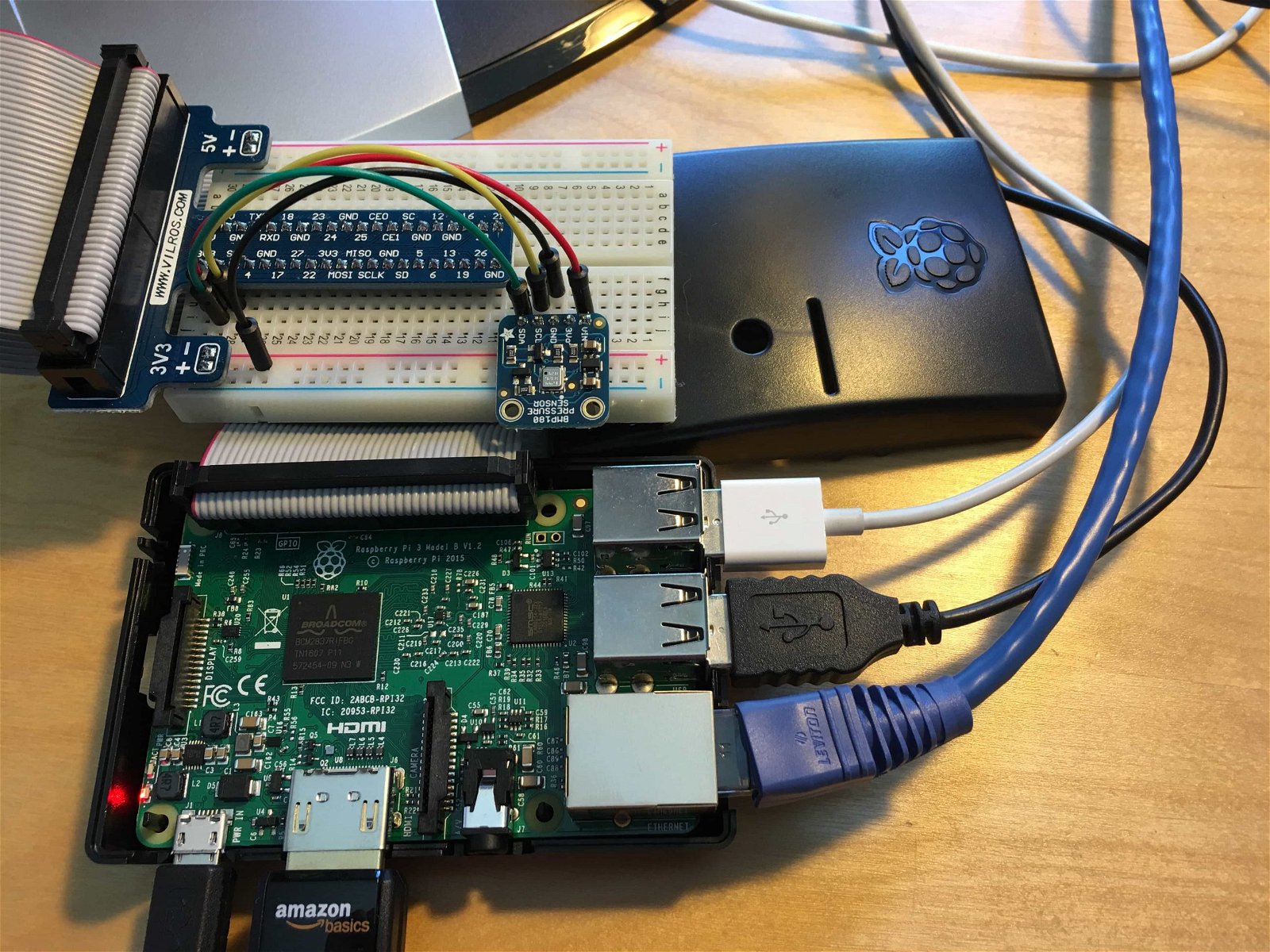Struggling with Bad Data? What to Do From the Enterprise
Last week we announced the results of a survey of over 300 enterprise data professionals conducted by Dimensional Research and sponsored by StreamSets. We were trying to understand the market’s state of play for managing their big data flows. What we discovered was that there is an alarming issue at hand: companies are struggling to detect and keep bad data out of their stores.
There is a bad data problem within big data.
Bad Data: What to Do?
When we asked data pros about their challenges with big data flows, the most-cited issue was ensuring the quality of the data in terms of accuracy, completeness and consistency, getting votes from over ⅔ of respondents. Security and operations were also listed by more than half. The fact that quality was rated as a more common challenge than even security and compliance is quite telling, as you usually can count on security to be voted the #1 challenge for most IT domains.
 In the unlikely event you’re not familiar with the
In the unlikely event you’re not familiar with the  Back in January,
Back in January, 